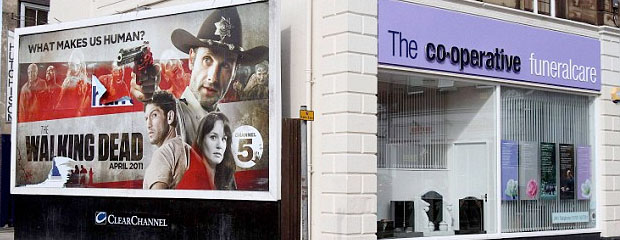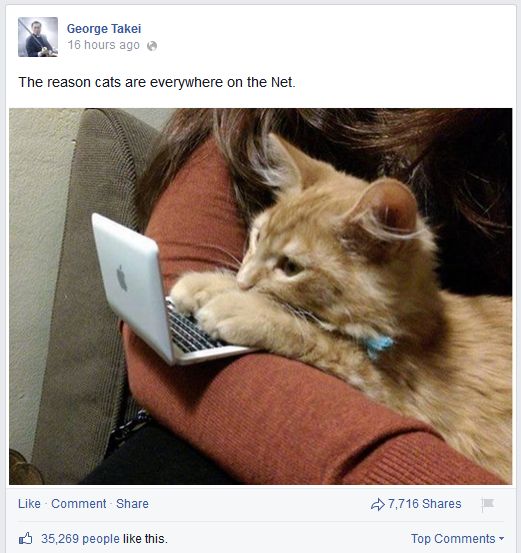Let's face it, the commercialization of Facebook is here. You can't log in without seeing the latest “#1 selling app that all your friends play," and you can't log out without seeing Flo the Progressive Girl selling you auto insurance. Suggested posts and sponsored ads abound in the modern Facebook landscape, and marketers are both cringing at and flocking towards Facebook's ad manager. Everyone wants a piece of the Facebook audience pie (more than 1.3 billion active monthly users), but many have no idea how to make it work for them. Therefor, I have some very basic advice that I hope will steer you in the right direction:
Stop Selling on Facebook.
Don't get me wrong, the whole reason we invest so much time and money in Facebook is the gains we hope to achieve in product or service sales, but the Facebook audience does not respond well to traditional “beat them over the head with it” marketing tactics. So how do we profit without selling?
Context
A big buzz word in marketing today, and one you should pay a lot of attention to, is context. In very simplified terms, context is a set of environmental factors that influence how an audience will perceive your message. Take for example the Walking Dead billboard above. Notice that it is placed on the wall of a funeral parlor. Do you think this might affect the way someone will perceive this advertisement? If someone was visiting the funeral parlor to look at headstones or caskets for a recently deceased loved one, would they be receptive to this advertisement?
Connect With Friends
The slogan on Facebook's homepage is “Connect with friends and the world around you,” and this says a lot about the mindset of the user base when they log in to the service. They are not there to buy. They are there to see what their friends are up to, share selfies, check in, start conversations, watch cat videos and share content gems. So why do we still see so many blatantly commercial ads on the social network? Personally, I think it's marketers and advertisers who have not learned how to use context in their advertising approach.
Doing It Right
When on Facebook, do as Facebook does. Your friends don't post status updates that sound like “2 Shirts for $20, limited time offer, SHOP NOW,” so neither should brands. Start conversations, share content gems, take selfies, and share cat videos (seriously).
Click-able, sharable content creates brand affinity, which in turn creates purchasing propensity.
Take George Takei for example, most people on Facebook don't even think of Mr. Takei as a brand, when in reality he is a shining example of how a brand can succeed in generating both affinity and propensity on Facebook. The purpose of Mr. Takei's Facebook page is to, among other things, sell his books and promote his acting career, but rarely does he directly sell anything on Facebook. Instead, he might pepper references taken from the pages of his book (Oh Myyy) or tell stories about how much fun he's having with the Allegiance cast. The rest of the time, he's starting conversations, posting content gems, taking selfies and yes, sharing cat videos.
Is It Worth It?
If you're asking this question, you're probably doing it wrong. Take a good look at your social marketing strategy, get a plan and stick to it. The rewards will not be immediate, but if you can build a nice niche for yourself on people's feed, you'll be building a niche in their hearts and minds, and THAT is definitely worth it.




